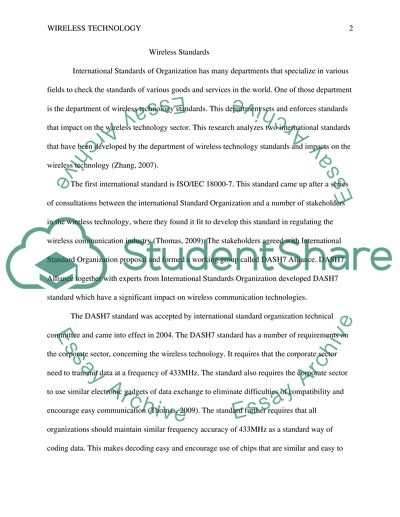Cite this document
(“The Need for Wireless Standards and Protocols Assignment”, n.d.)
Retrieved from https://studentshare.org/information-technology/1476751-the-need-for-wireless-standards-and-protocols
Retrieved from https://studentshare.org/information-technology/1476751-the-need-for-wireless-standards-and-protocols
(The Need for Wireless Standards and Protocols Assignment)
https://studentshare.org/information-technology/1476751-the-need-for-wireless-standards-and-protocols.
https://studentshare.org/information-technology/1476751-the-need-for-wireless-standards-and-protocols.
“The Need for Wireless Standards and Protocols Assignment”, n.d. https://studentshare.org/information-technology/1476751-the-need-for-wireless-standards-and-protocols.


